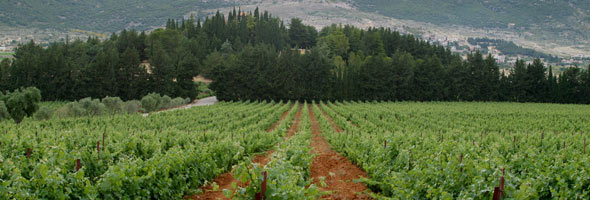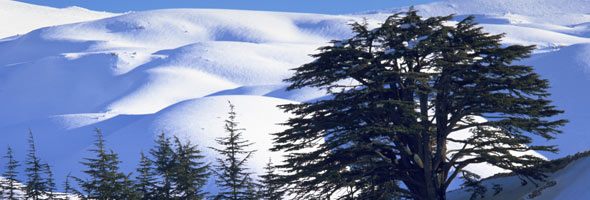Lebanon Tourism: The Jewel of the Orient
Lebanon has more archeological sites to see than any country in the world. You can go north to see the Crusader-era Citadel of Raymond de Saint-Gilles that looms over the city of Tripoli, and go on to visit Byblos, the oldest (7000 years) continuously inhabited site in the world, or Tyre and Sidon, from where the Phoenicians loaded their ships to trade across the Mediterranean.
The Jewel of the Orient
Lebanon certainly deserves its tourist popularity. If you were to visit, here are the things you would want to see and experience.
First, enjoy Beirut, long called “The Paris of the Orient,” with architectural styles—and nightlife—from every culture and conqueror who ever visited. Be sure to visit the National Museum, where you can follow in artifacts all the conquerors who swept across the country.

Lebanon has more archeological sites to see than any country in the world. You can go north to see the Crusader-era Citadel of Raymond de Saint-Gilles that looms over the city of Tripoli, and go on to visit Byblos, the oldest (7000 years) continuously inhabited site in the world, or Tyre and Sidon, from where the Phoenicians loaded their ships to trade across the Mediterranean.

To the East of Beirut about 50 km are the best preserved ancient temple ruins in the world. In Baalbek you can visit the only remaining temple to Jupiter, the Roman god, and walk across its incredibly preserved acropolis to sit in the Temple of Venus, the god of love, and which some believe to also be the Temple of Baachus, the god of wine. Each year tens of thousands attend the international music festival held here.
After Baalbek, continue south through the Bekaa valley, stopping for wine tastings at the dozens of wineries that have grown up here. Many of them, such as Chateau Kefraya, give as much attention to creating a setting for the maximum appreciation and enjoyment of the fruit of the vine, as they do the wines themselves.

About 75 km southeast of Beirut lies romantic Beaufort Castle, a medieval fortification rising on an escarpment almost 1000 m. above the valley floor, was built over an older fortification in 1139 by the Crusaders. Captured by Saladin in 1190, it was retaken by the Crusaders and handed over to the Knights Templar in 1240, only to be lost again to the Mameluk Sultan in 1268.

There are also natural wonders to see, such as the famous Cedars of Lebanon, which were once plentiful in the north, but are now preserved in groves. The limestone mountains of Lebanon’s two mountain ranges are filled with breathlessly beautiful caverns, ravines, streams, and valleys to explore.

In the higher reaches of the mountains, which rise to over 3000m., are the snowy ski slopes and resorts of Lebanon’s “Little Switzerland.” For a good choice of hotels with discount prices, visit Where to stay in Beirut for more information.